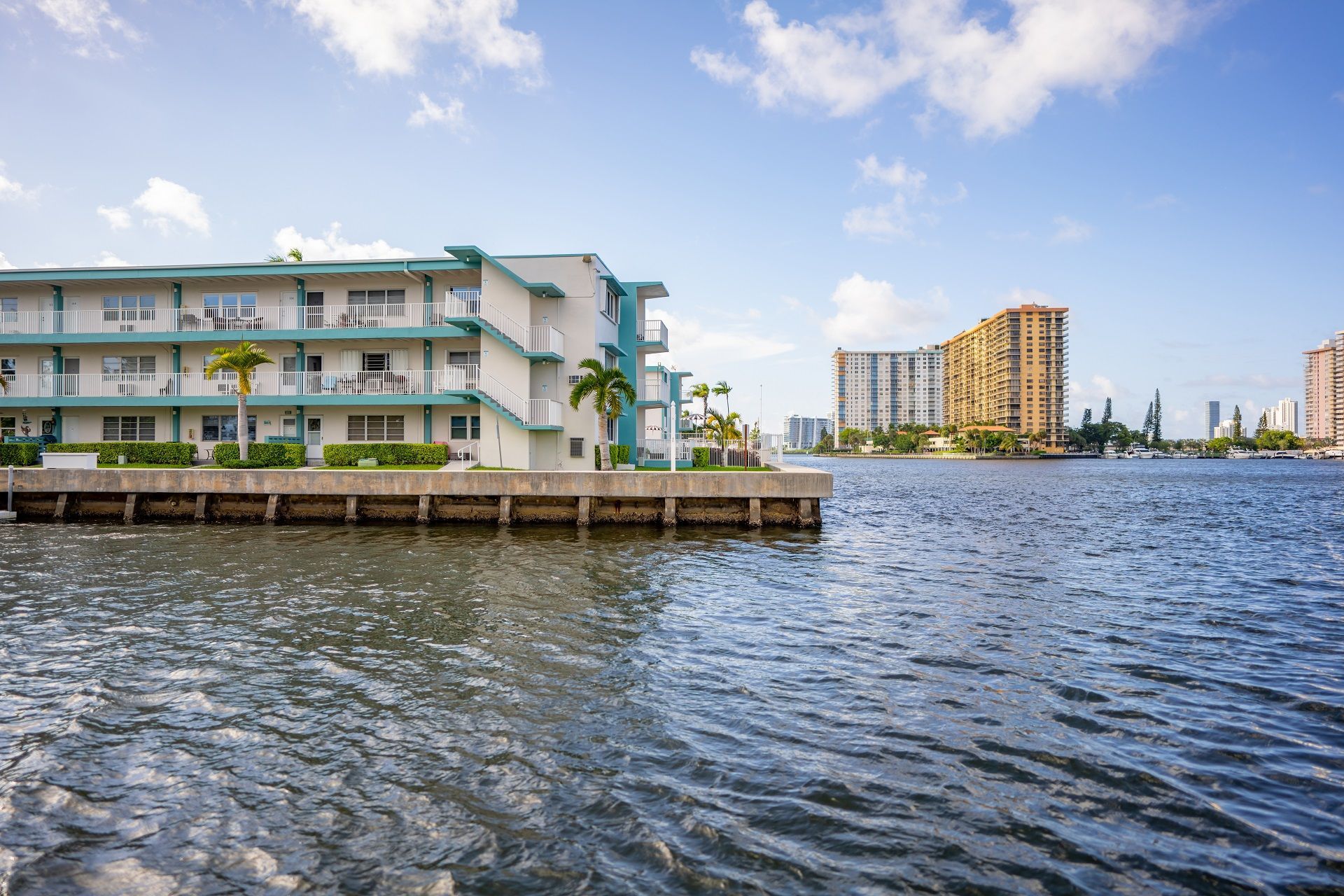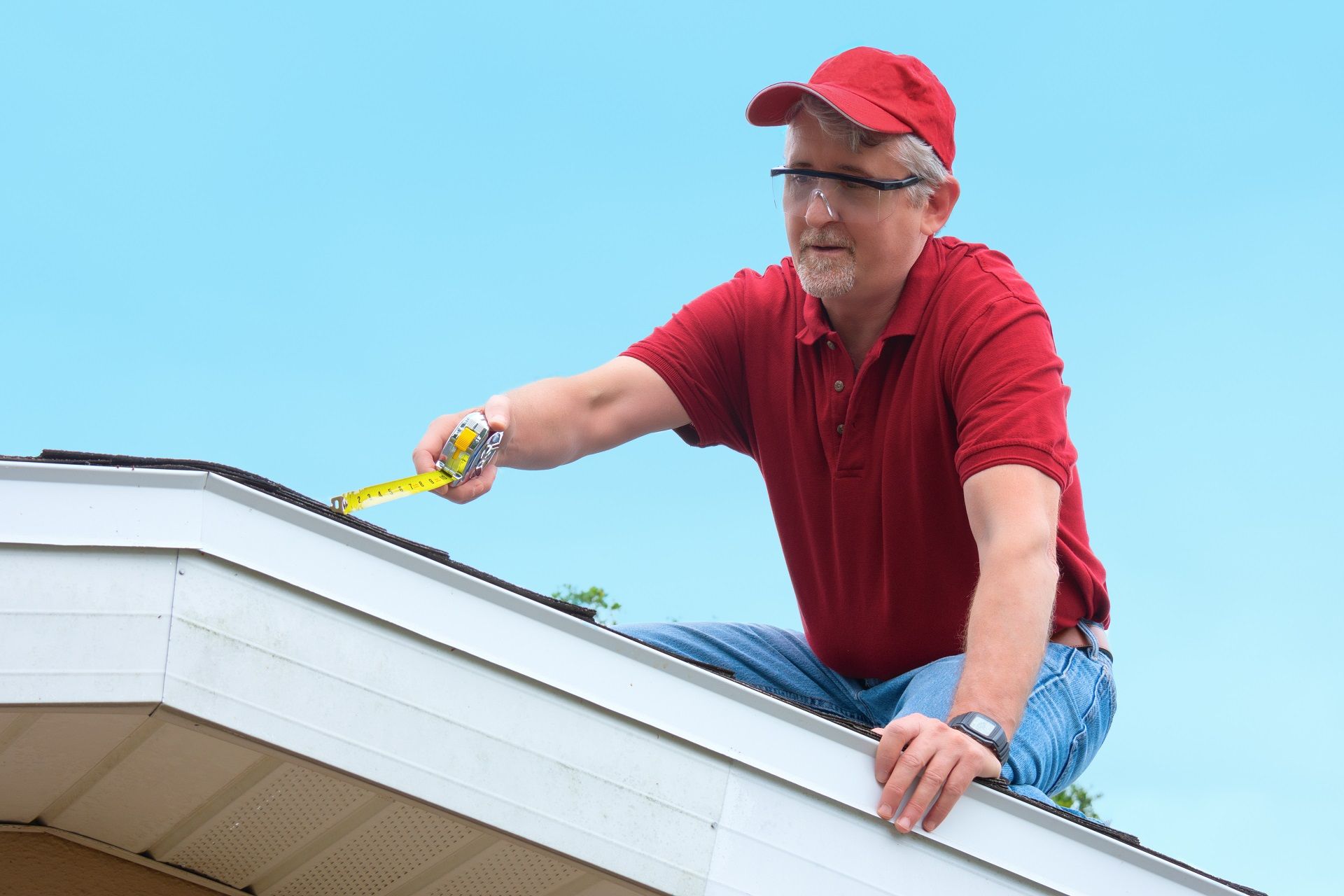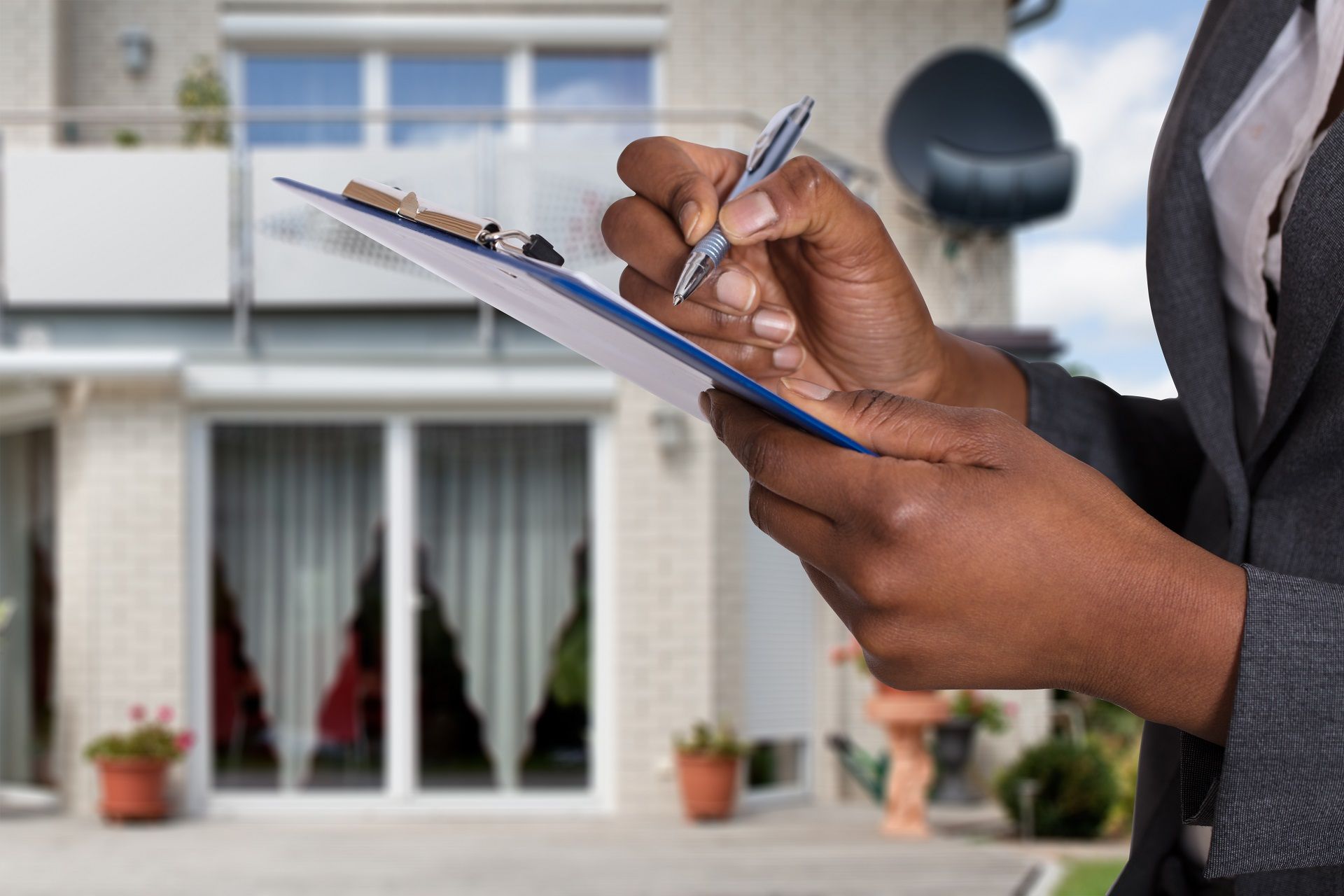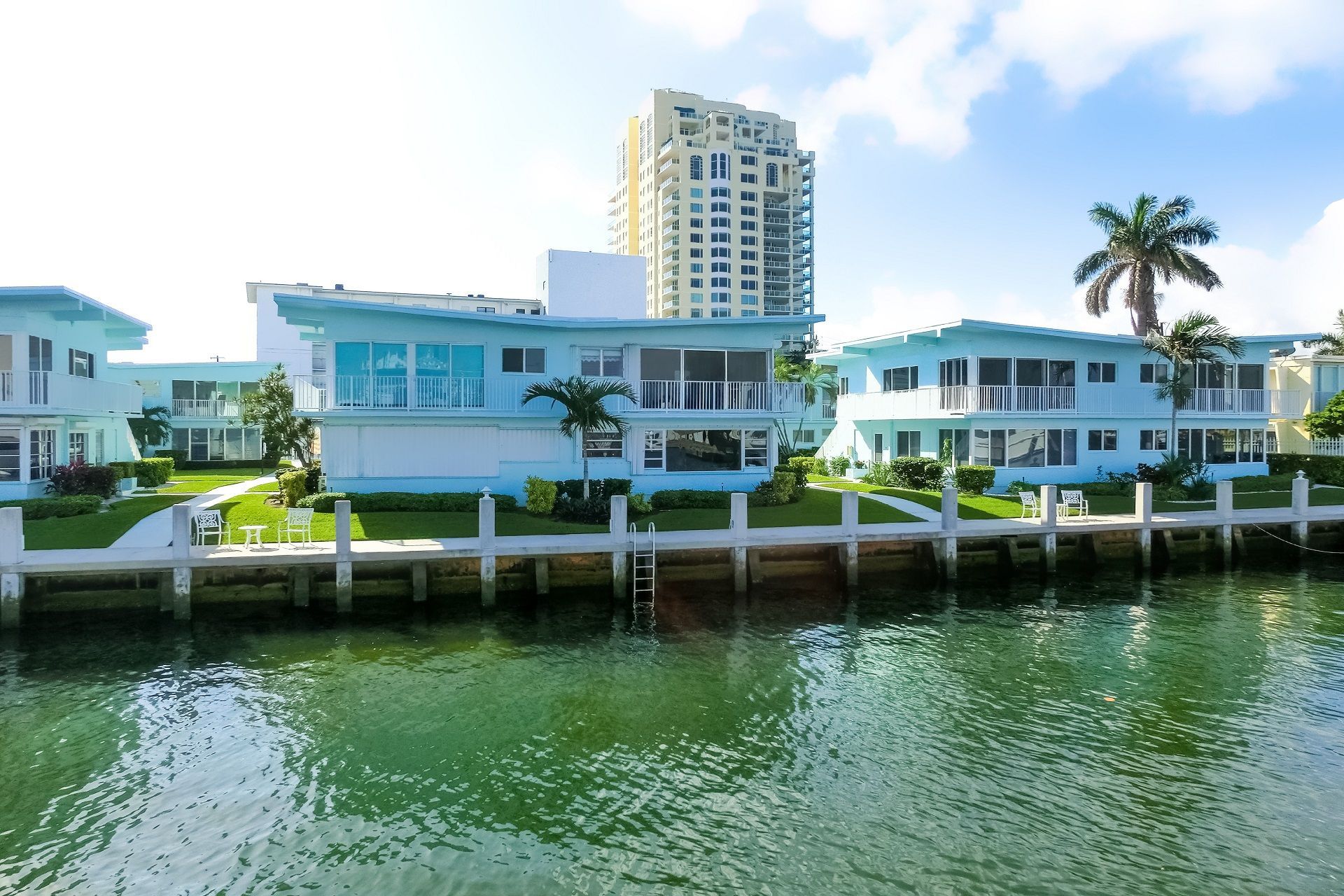The Complete Balcony Inspection Checklist for Multistory Buildings
A balcony can do wonders for a property. Yet, on a lot of multistory buildings balconies were constructed before modern balcony code requirements were established. Even worse, many decks and balconies haven’t been updated in decades.
This can be a huge hazard for residents, owners, and managers alike.
Thankfully, owners and managers are required to perform regular evaluations of all elevated elements in order to get the DBPR HR-7020 certificate of balcony inspection.
So if you’ve just become a manager or an owner of a multistory building, you’re most likely wondering about the best way to ensure that you’re complying with Florida law and you’re doing everything you can to ensure the safety of your residents.
Continue reading to learn a bit more about the process of
balcony inspection, why it matters, and ultimately see a real-world example of a balcony inspection checklist we use while assessing balconies.
What Is A Balcony Inspection Checklist?
Quite simply, a balcony inspection checklist is a document that outlines the condition of a balcony and assists the individual conducting an inspection in determining whether it’s the same to use.
Since balconies and decks can come in many forms, a balcony inspection checklist sets out the standards that can help ensure the safety of the occupants. In other words, managers and owners can use this checklist to assess any signs of damage and address them before having a professional balcony inspection.
Furthermore, a checklist is also valuable to ensure you don’t end up overlooking a glaring issue as it’s a list of key points and provides instruction on putting together a sensible record of the condition of the elevated surfaces on your building.
Defects Professional Inspectors Look For
Before we go over the balcony inspection checklist, you should be familiar with the defects inspectors look for when evaluating the condition of a balcony.
Some of these defects include:
Corroded Fasteners
Florida is notorious for high levels of humidity which can pose a huge problem for multistory buildings. This is even more concerning in coastal areas where salinity in the air can corrode metal fasteners and connectors.
Corrosion can be detrimental to wooden decks too, as fastener defects could cause the surrounding wood to deteriorate.
Loose Railing Connection
Loose railings could be dangerous which is why all inspectors spend a lot of time checking if the railing connections are properly fixed.
Flashing Problems
Flashing is an integral part of a balcony as it’s a barrier that prevents moisture from reaching the materials that the structure is made out of. Erosion of these materials is one of the main causes of structural failure of elevated elements, it’s necessary to dedicate a lot of attention to confirm if the flashing is up to standards.
The Florida Building Code describes the following requirements:
- Flashing must be installed behind the siding and over the top part of the ledger
- It must span the entire length of the ledger board without touching nails or screw holes
- It must stop water from reaching the structure
- Materials used must be resistant to corrosion
- For older structures that the previous versions of the code apply, you can use caulking instead of flashing is allowed, but only if the caulking is weather resistant.
Cracks In The Decking
Any wear and tear or cracking in the decking can be dangerous as it points to extensive damage or water intrusion.
Railing Specifications
According to data by InterNACHI, even though a total deck failure could be devastating, most injuries are caused by failed railings. This is why there are many rules in place created to prevent this from happening, some of which include:
- The height of the railings must be at least 42 inches
- To make sure children are unable to squeeze through balcony railings, the spacing between balusters should be enough to let a 4-inch sphere-shaped object pass through.
- Openings between railings and stairs must be enough to prevent a 6-inch object from passing through
Balcony Inspection Checklist
If you need a clear starting point in evaluating the condition of the balconies in your multistory building, feel free to use this list. It’s worth noting that it will only help you evaluate the condition of the load-bearing components - which is not a replacement for a certified DBPR HR-7020 inspection conducted by a specialized inspector.
The first step of the balcony inspection covers the walking surface and evaluates:
- Condition and the type of entry points
- Condition of walkways
- Type of deck and the overall condition
Next up is the balcony frame, and it’s necessary to inspect the following features:
- Beams
- Joists
- Ledger
- Fasteners
- Posts
Balcony inspectors also inspect the stairs, which includes evaluating the condition of the:
- Risers
- Threads
- Stringers
- Railings
Balcony railing must also be closely inspected, more precisely:
- The overall condition of the handrails
- Age and type of railings
- Spacing (refer to the numbers in the previous section)
Lastly, you also need to check the quality of drip edges, the waterproofing, the coating, and the wall-to-balcony intersection.
Do You Need To Call An Inspector?
The balcony inspection checklist provided here is very thorough, and it’s everything you need to conduct an informal inspection. Still, to meet all the legal requirements,and get a DBPR HR-7020 certificate of balcony inspection, you’ll have to have your balconies inspected by a professional every three years.
This professional can be a state-licensed inspector, architect, or structural engineer.
Don’t let this discourage you. An informal inspection can still help you as it will allow you to fix any issues before the official inspection. This will not only keep your residents safe but will also ensure you get a passing grade.
Meet all the legal requirements with Certified Inspectors
While it may seem like a pain to deal with government regulations, these rules can help save life. Failure of one component could leave you liable, and even worse, could cause significant injuries to your tenants.
Your choice of inspector matters, and for the best results with your DBPR HR-7020 certification, only go with reputable companies - and you can’t get more reputable than
Certified Inspectors.
With close to three dances in the construction industry, you can rest assured that you’re having an expert of the highest caliber checking the safety of your balcony.
Request a proposal and schedule your balcony inspection now!
Share the post:
Recent Posts
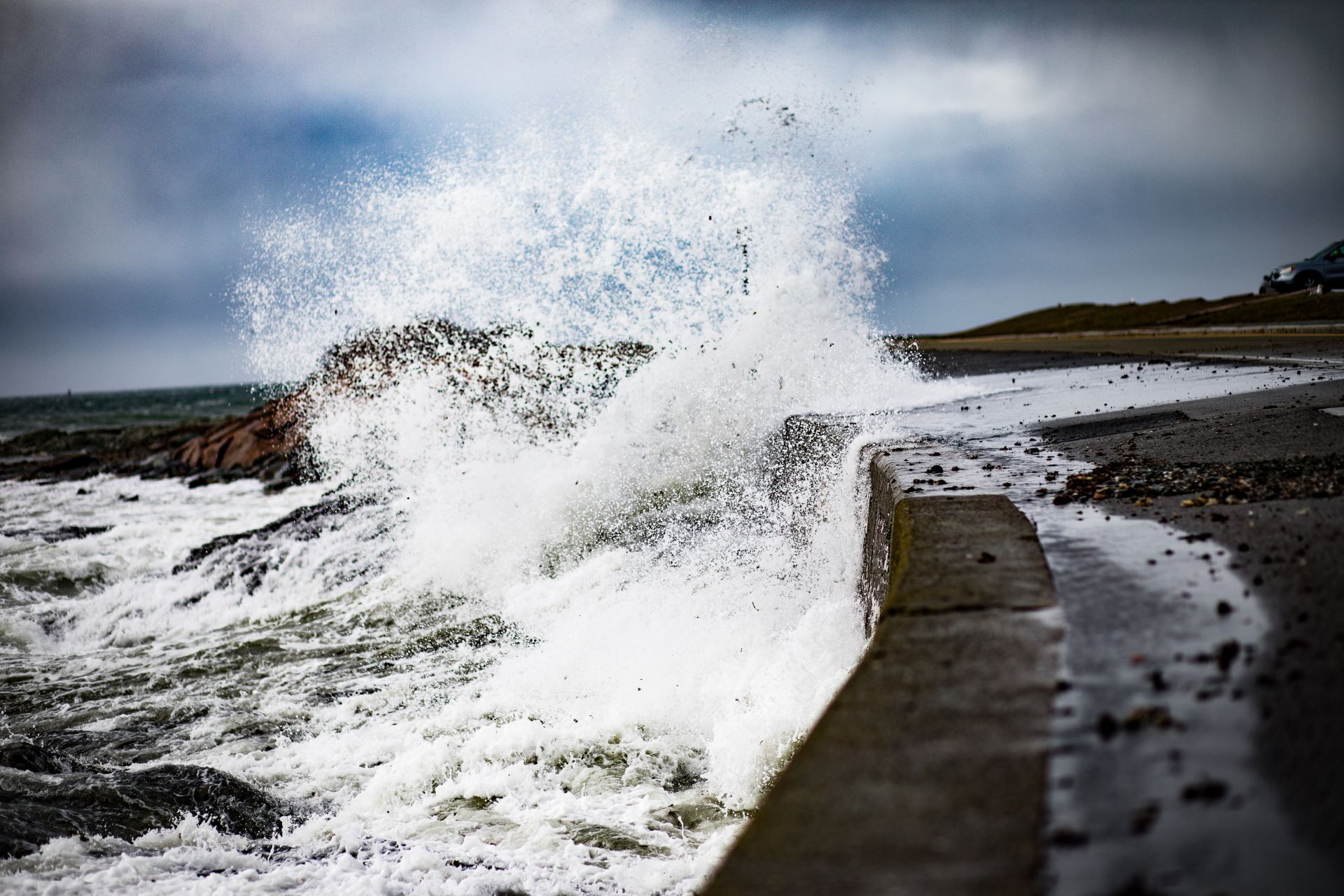
What is the Difference Between a Residential Seawall Inspection and a Commercial Seawall Inspection?
Get A Free Quote
Contact Page Contact Form
We will get back to you as soon as possible.
Please try again later.
Reviews
Contact Us
Footer Contact Form
We will get back to you as soon as possible.
Please try again later.
We accept Visa, Master Card, American Express, Zelle, Paypal, Cash or Check as well.
Call: 561-570-6311
All Rights Reserved.
This website is managed by Oamii.

